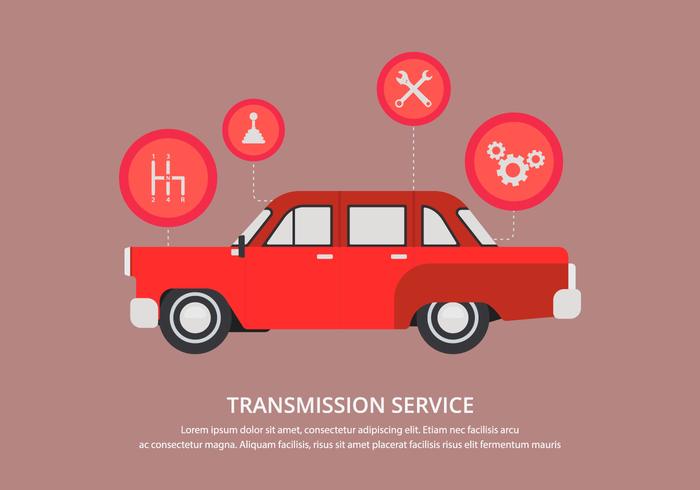Analyzing Your Car'S Alert Lighting: Their True Effects
Analyzing Your Car'S Alert Lighting: Their True Effects
Blog Article
Short Article Written By-Sykes Dalgaard
When you're behind the wheel, those beautiful warning lights on your dashboard can be a little bit perplexing. Do you know what they're trying to tell you regarding your automobile's health? Comprehending the significance of these lights is vital for your safety and security and the longevity of your automobile. So, the following time one of those lights appears, wouldn't you intend to understand its message accurately and take the necessary steps to resolve it?
Common Caution Lights and Interpretations
Recognize usual caution lights in your cars and truck and understand their significances to ensure risk-free driving.
The most regular warning lights include the check engine light, which signifies concerns with the engine or discharges system. If this light begins, it's crucial to have your vehicle inspected immediately.
The oil pressure alerting light shows reduced oil pressure, calling for instant attention to prevent engine damages.
A blinking battery light might suggest a faulty charging system, possibly leaving you stranded if not addressed.
The tire stress monitoring system (TPMS) light notifies you to reduced tire stress, influencing automobile stability and gas effectiveness. Disregarding this could result in hazardous driving problems.
The ABS light shows a trouble with the anti-lock braking system, compromising your ability to quit quickly in emergencies.
Lastly, the coolant temperature warning light warns of engine overheating, which can cause serious damages if not dealt with promptly.
Recognizing these common warning lights will assist you address problems without delay and preserve safe driving conditions.
Value of Prompt Interest
Recognizing the usual caution lights in your car is only the first step; the relevance of promptly dealing with these cautions can not be stressed sufficient to ensure your security when traveling.
When a caution light brightens on your dashboard, it's your vehicle's way of connecting a prospective concern that needs interest. Ignoring mouse click the up coming article can bring about more severe issues later on, compromising your security and possibly costing you extra in repairs.
Prompt focus to alerting lights can prevent failures and mishaps. As an example, a blinking check engine light could show a misfire that, if left unattended, might trigger damages to the catalytic converter. Resolving this immediately can save you from a pricey repair.
Likewise, a brake system alerting light might indicate low brake liquid or used brake pads, vital elements for your security when driving.
DIY Troubleshooting Tips
If you notice a warning light on your control panel, there are a couple of do it yourself repairing pointers you can attempt before looking for expert help.
https://ecu-tuning-near-me06273.blogadvize.com/38328635/necessary-tools-every-auto-repair-shop-need-to-have is to consult your auto's guidebook to comprehend what the specific caution light shows. In some cases the issue can be as straightforward as a loosened gas cap setting off the check engine light. Tightening up the gas cap might solve the trouble.
car interior cleaner nz is a reduced battery, which can activate different warning lights. Checking the battery connections for deterioration and ensuring they're safe could take care of the issue.
If a caution light continues, you can attempt resetting it by detaching the auto's battery for a few minutes and after that reconnecting it. Furthermore, checking your automobile's fluid levels, such as oil, coolant, and brake liquid, can aid fix warning lights connected to these systems.
Final thought
To conclude, recognizing your vehicle's caution lights is crucial for keeping your car running smoothly and safely. By promptly addressing these notifies and recognizing what they mean, you can stay clear of expensive repairs and potential breakdowns.
Keep in mind to consult your automobile's manual for specific information on each cautioning light and act accordingly to make sure a hassle-free driving experience.
Remain informed, stay secure on the road!
